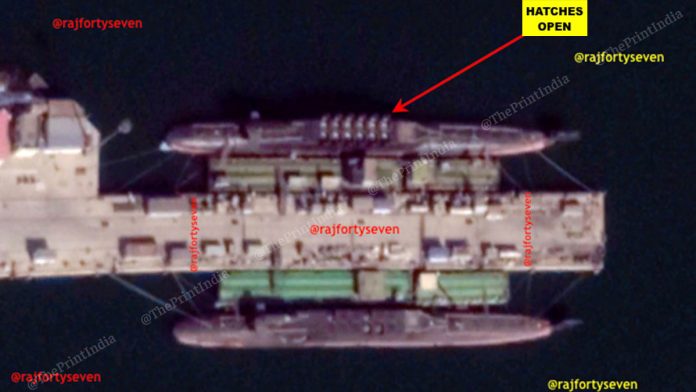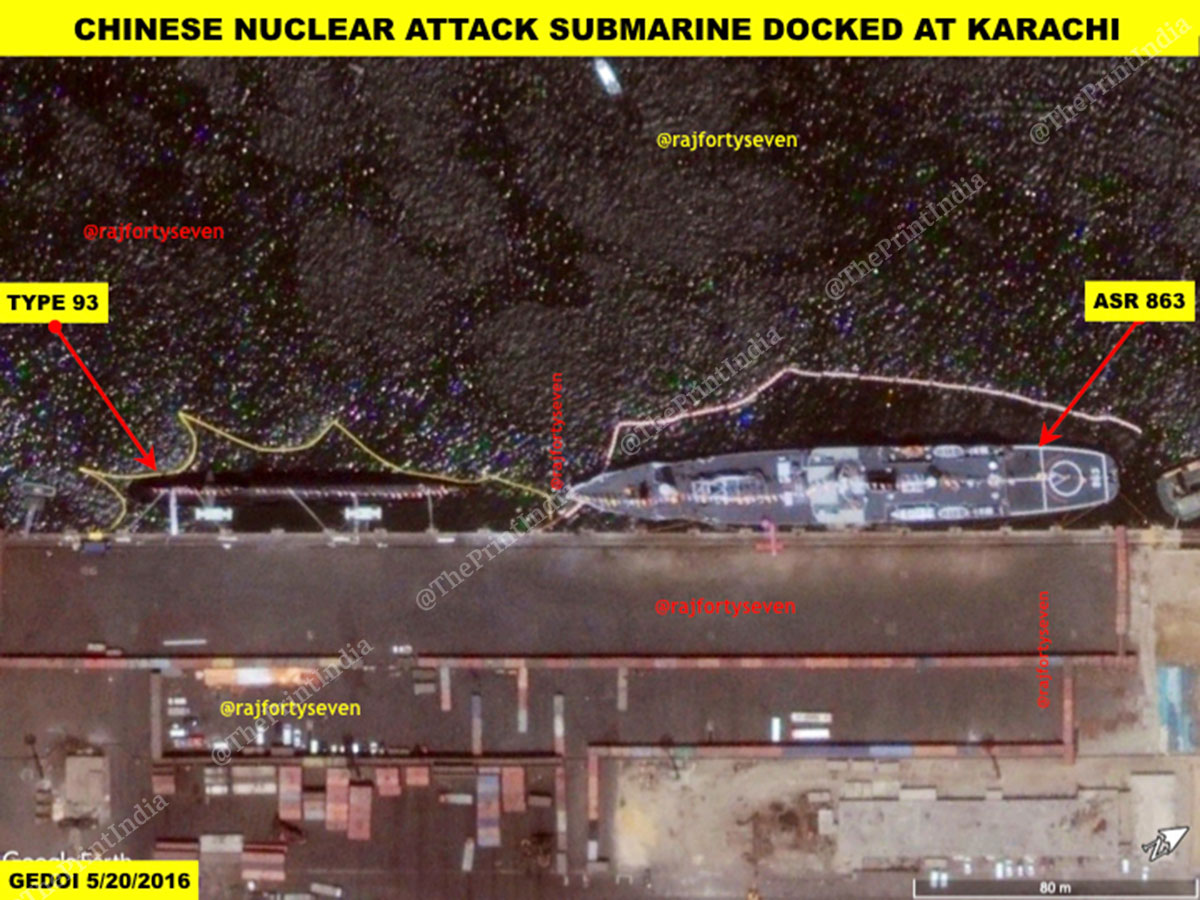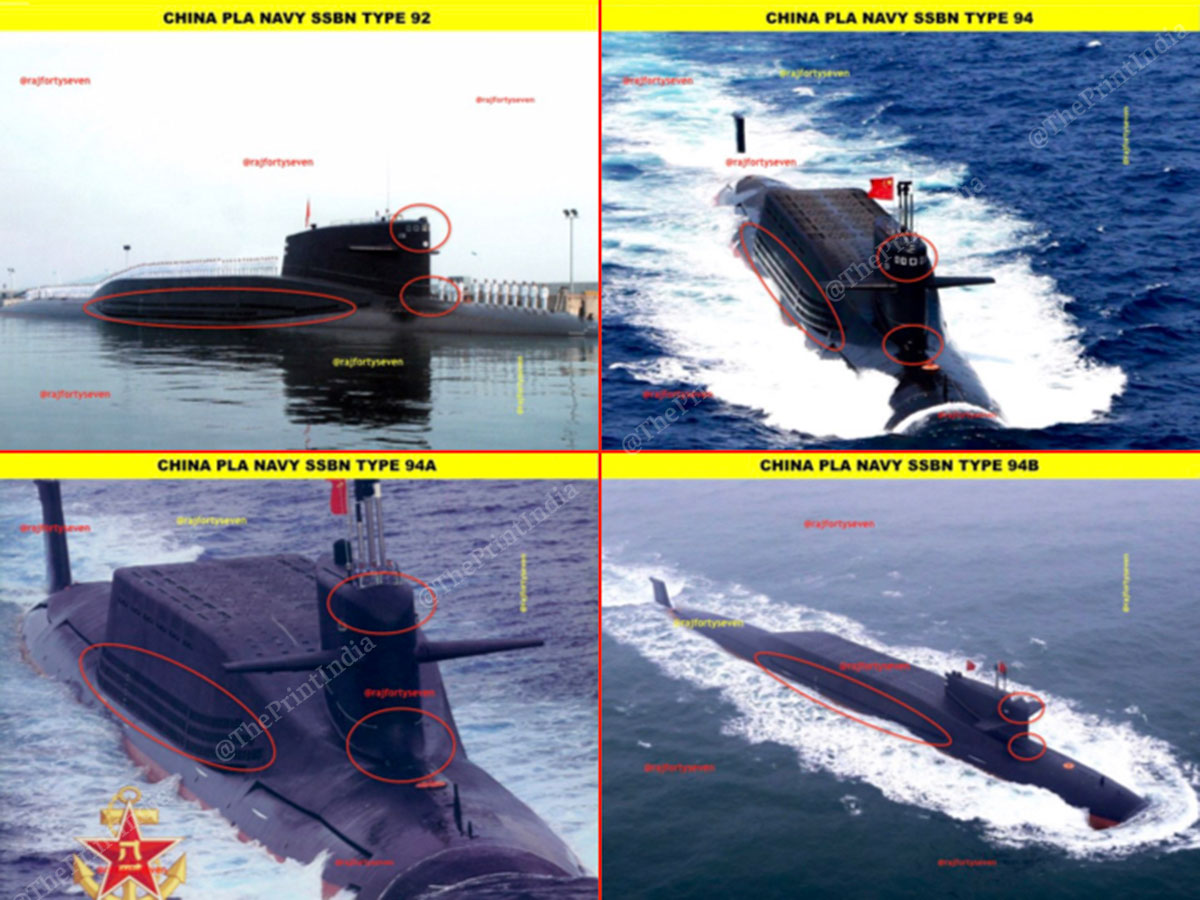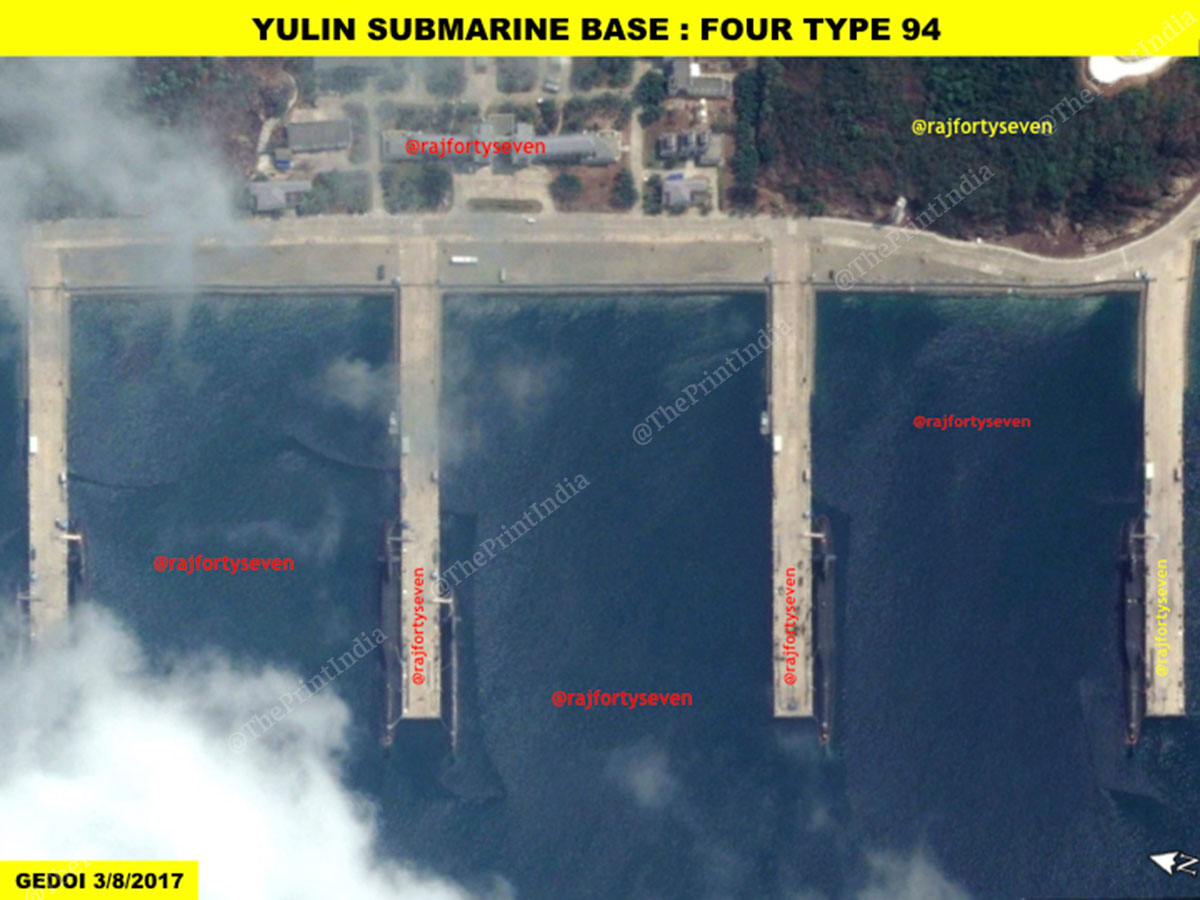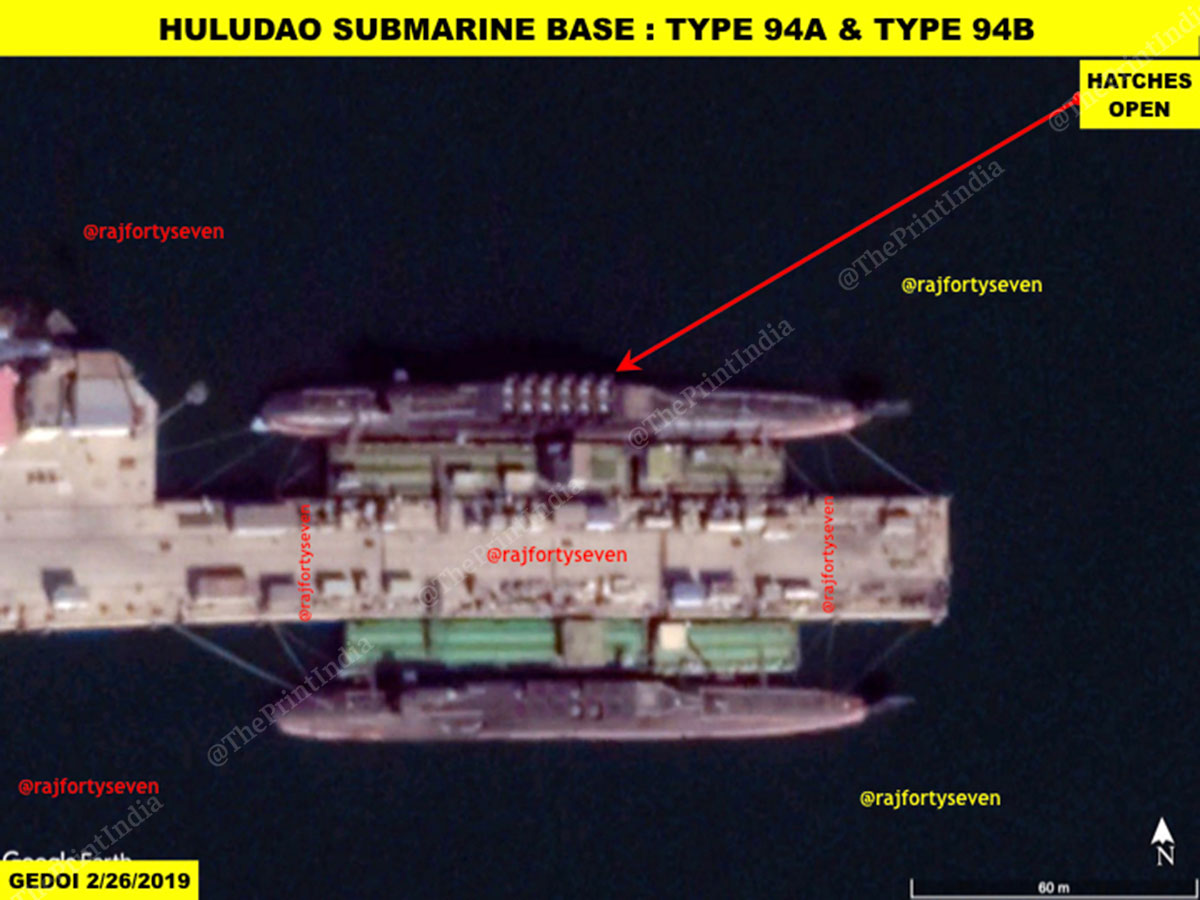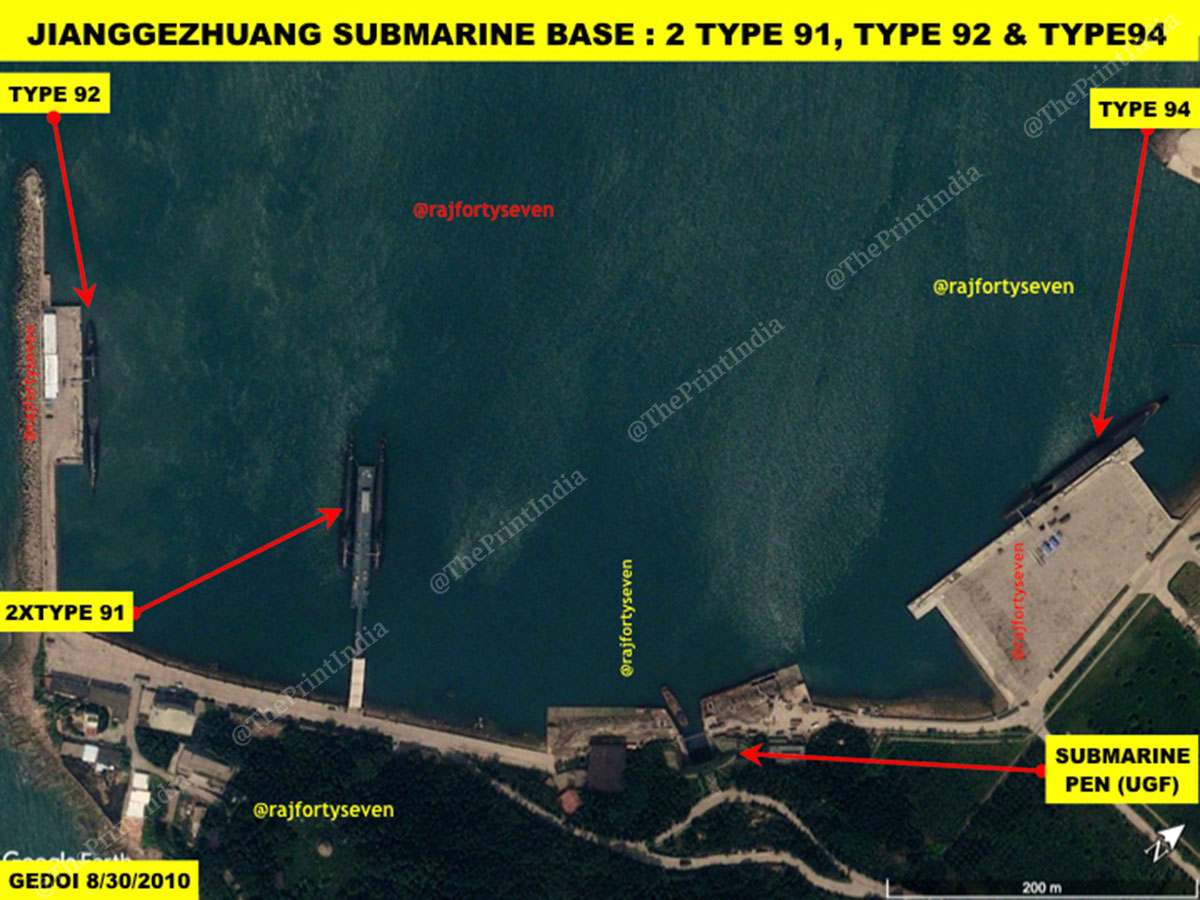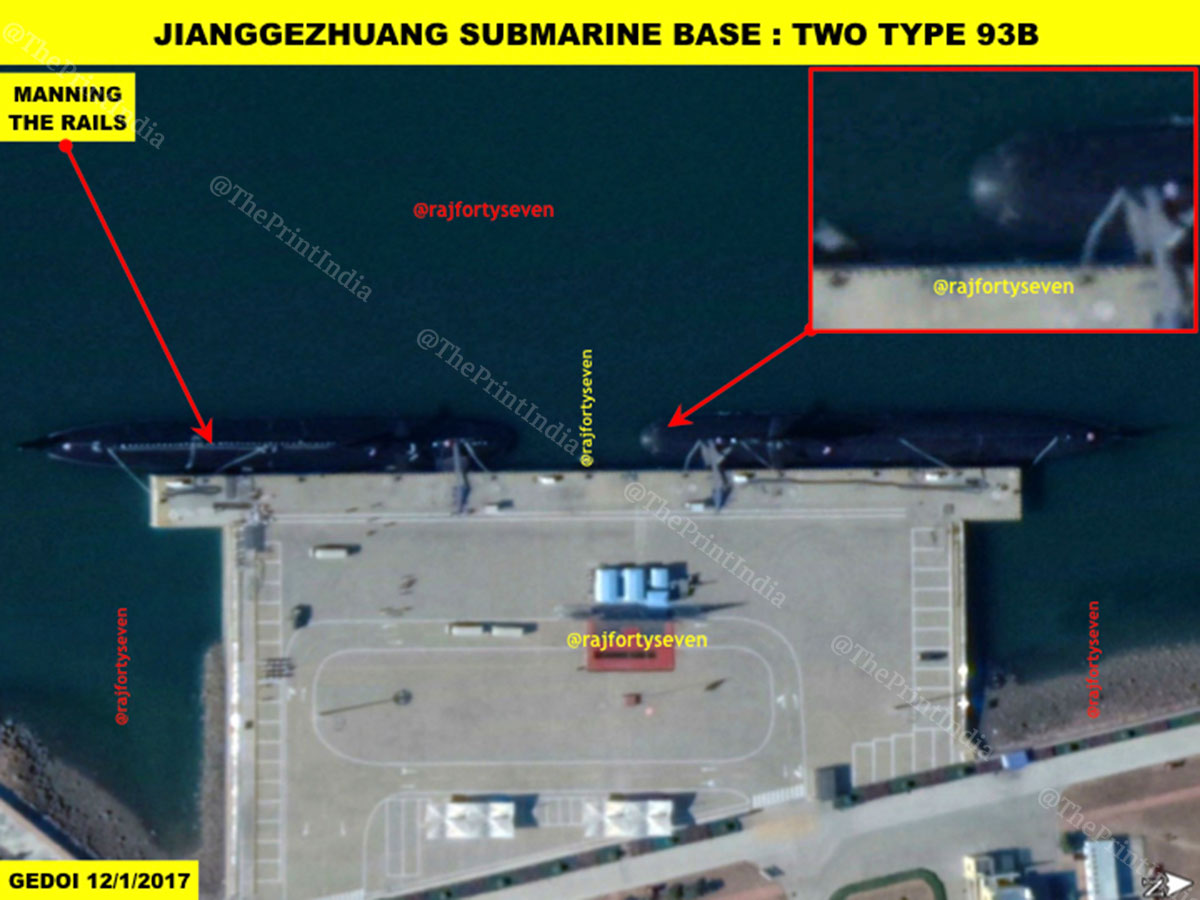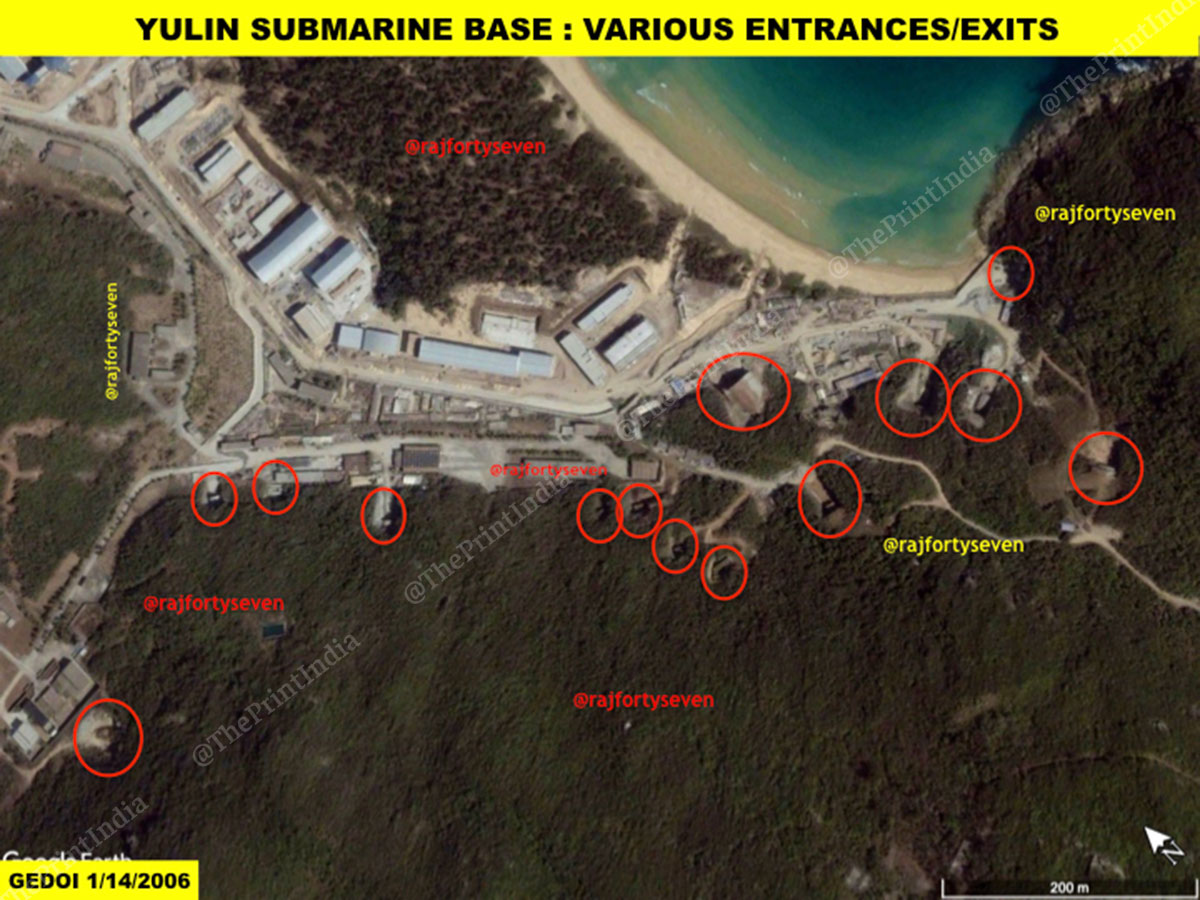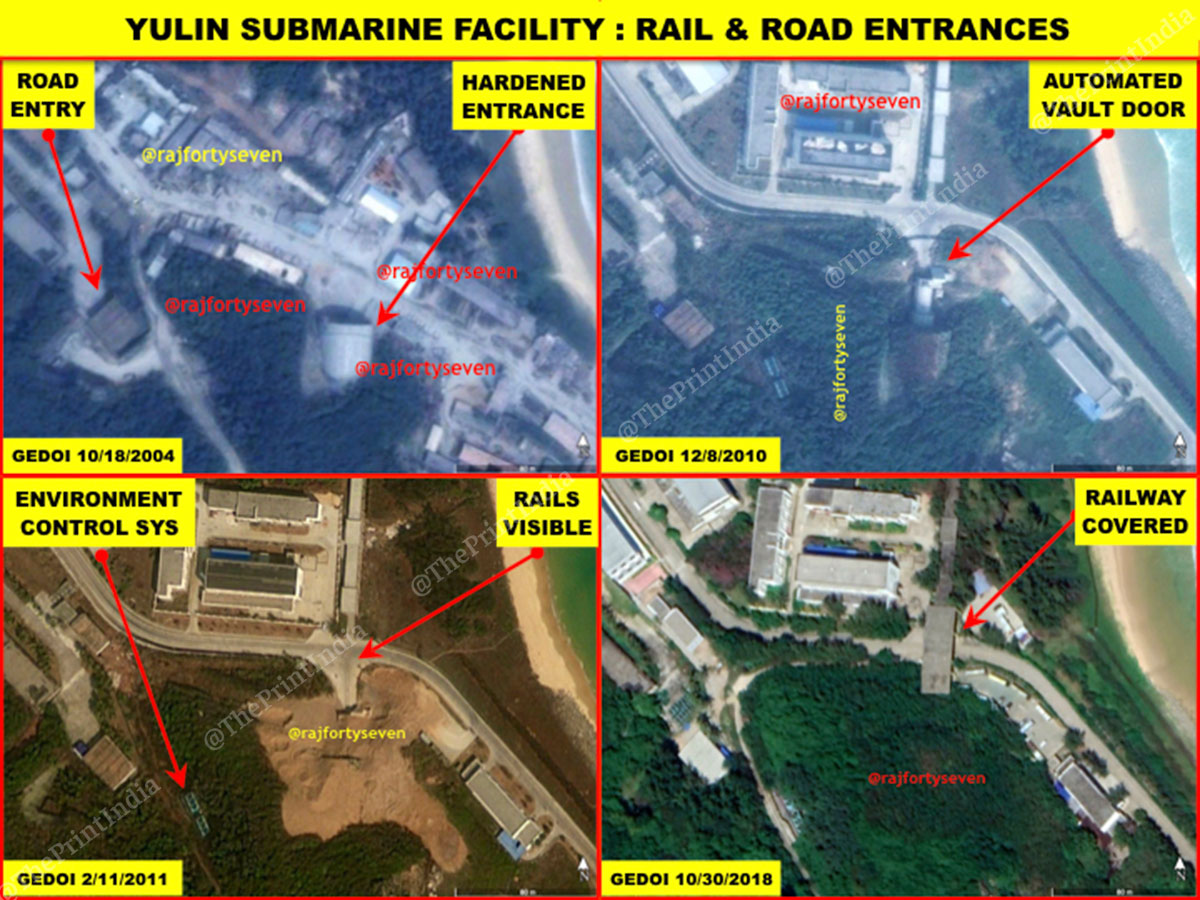China’s naval strategy now seeks to prevail on the US Navy and the Indian Navy by using submarine warfare
by Col. Vinayak Bhat (Retd)
New Delhi: China’s naval strategy in the Indo-Pacific, especially the Indian Ocean Region (IOR), seeks to prevail on the US Navy and the Indian Navy by using submarine warfare.
Beijing’s dream of a ‘blue water navy’—a navy that can operate anywhere in the world—is fast becoming a reality, thanks to the advances its shipbuilding industry has made towards modernising the People’s Liberation Army Navy (PLAN).
Now, it is suspected to be using targeted cyber hacks for stealing specific nuclear submarine technologies from the US Navy and those of its allies. Thus, in a short span of time, PLAN has been able build a technologically-advanced fleet of ballistic-missile nuclear submarines that can provide it a powerful second strike capability. So much so that it possibly has a larger fleet of SSBNs than assessed by the Western countries.
ThePrint takes a look at the Chinese navy’s nuclear submarines through open source satellite imagery.
China’s nuclear submarine proliferation
In the last decade, the PLAN has tried to undermine the Indian Navy’s advantages in the IOR time and again by surfacing its nuclear-powered submarines in Karachi and Colombo and patrolling the IOR regularly.
Indian Navy officials who spoke to ThePrint on the condition of anonymity said that these submarines were identified by India’s reconnaissance aircraft long before they surfaced at Karachi.
India’s latest American acquisitions, the P8Is, have the best systems on-board and possess the best sonobuoys in the world.
Nuclear-Powered Ballistic Missile Submarines
China has made tremendous progress in the construction of its ballistic missile submarine (SSBN) fleet since the 1980s. The new facility at Huludao will provide PLAN an expansion rate of almost six to 12 nuclear submarines every year.
The first SSBN commissioned was the Type 92 Xia class, which carried JL-1 missiles. The Xia class was later refurbished, including changing the ballast system visible with change of flood holes pattern on the hump.
The modified Xia probably carried JL-1A, a submarine-launched ballistic missile (SLBM) version of the DF-21, with a range of almost 2,500 km. Rumours at the time also claimed that it is the second Type 92 SSBN.
The first Type 94 Jin class SSBN was completed somewhere at the end of 2005, and observed on satellite imagery in 2008.
It was almost 10m longer, as seen on satellite imagery, and carried JL-2 missiles, a SLBM version of the DF-31 with a range of 7,500 km.
The old Huludao facility was able to produce newer versions of Type 94 after numerous studies and research and development at Yulin and Jianggezhuang.
Although the changes are not very prominent on satellite images, they can be identified by expert observers.
The changes made to the Type 94 design observed externally are mainly on the pattern of flood holes and making the sail more hydrodynamic including the sail cusp.
There are generally two Type 94 submarines stationed at Huludao. Some analysts consider them ‘not active’, which is an incorrect assessment. In fact, this suggests regular maintenance after protective patrols.
The two Jins at Huludao indicate at least two patrols going around in different directions. This obviously concludes that China may possibly have a larger fleet of SSBNs than assessed by the Western countries.
Nuclear-Powered Attack Submarines
There are two types of nuclear-powered attack submarines or SSNs in PLAN’s fleet—the Type 91 Han class and the Type 93 Shang class.
They are easily identified on satellite imagery because of their lengths, 100m and 110m respectively.
The latest version of Type 93 has a small hump adjacent to the aft of the sail. It also has three prominent sonar panels protruding from the sides.
The latest satellite imagery of Jianggezhuang available on Google Earth also shows a separate shiny bow dome, probably constructed with an especially-made titanium alloy.
Such bow domes have many advantages, including signal transparency for bow sonar arrays, and better protection since the titanium alloy is considered very strong yet very light.
Submarine Pens
China has many underground facilities for its submarine fleet. The two recently-constructed and now active submarine pens are located at Jianggezhuang and Yulin.
Both were constructed in the first decade of this century and are considered to be the most modern underground facilities, with all advanced technology and automated systems.
These submarine pens are connected with rail and road systems on the other side of the mountains under which they are constructed.
These are used for carrying missiles inside the pens for loading on to the SSBNs/SSNs.
There are at least 19 entrances to the underground facility at Yulin, of which five are main ones—wider in size than the rest.
The timeline satellite imagery of Yulin clearly indicates the efforts made by PLAN at making the location bomb proof, including covering the entire 1.5 site km with railway to avoid detection by satellite.

